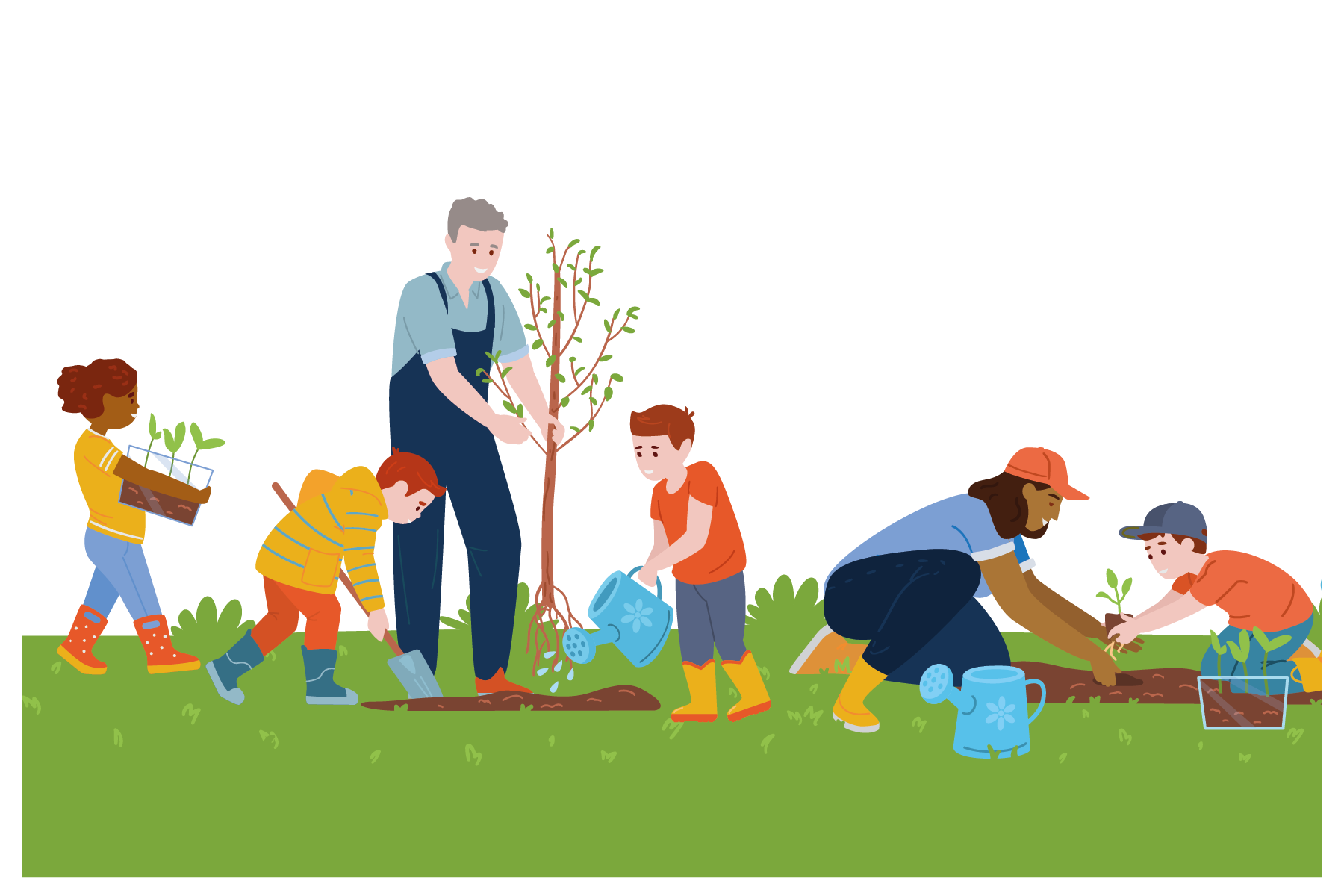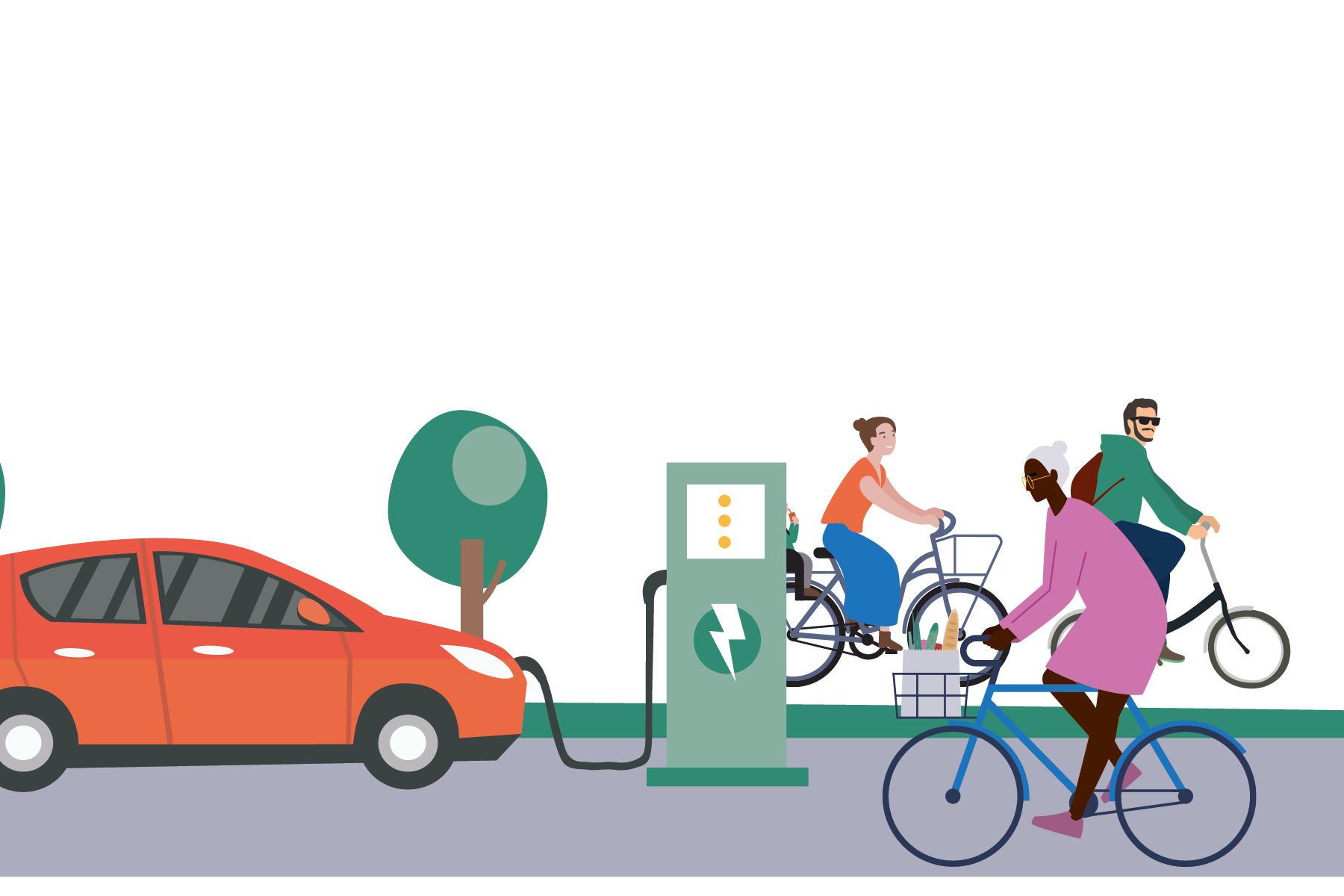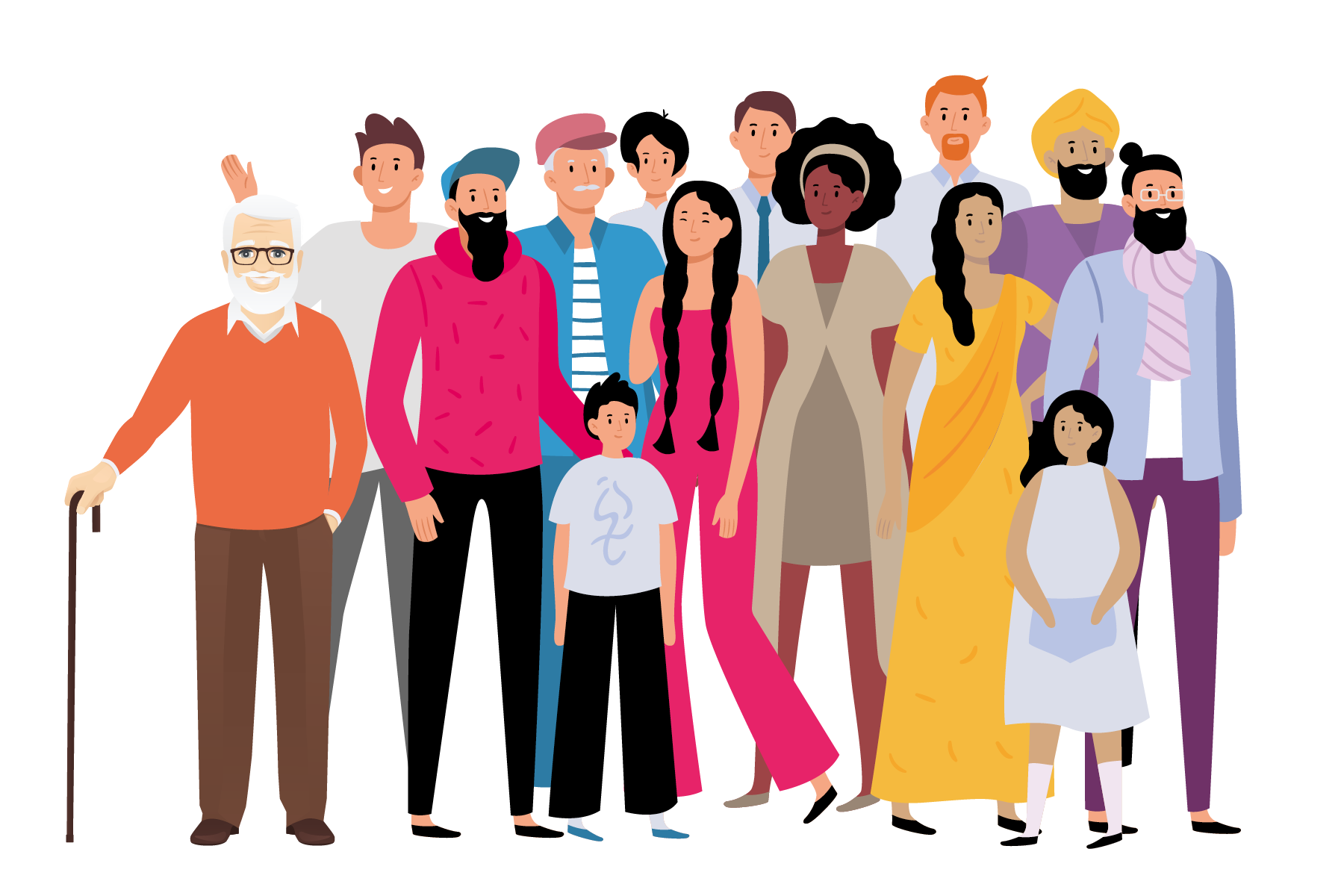State of the Borough Report
We’ve published our second annual State of the Borough report to give a snapshot of what life is like in Camden, and to help us keep track of progress.
In March 2022, we published our borough-wide vision, We Make Camden, and committed to publishing an annual State of the Borough report.
In the report you’ll find data, evidence and stories of lived experience from people living in Camden. Alongside residents and partners, we use this report to identify what needs to change and how we can make that change happen together.
See some key facts and figures below, and the full report for much more. The data underpinning the report is available at Open Data Camden.
A borough of diversity and contrasts
- Households are smaller in size in Camden: 39% have a single occupant, more than both London (29%) and England (30%)
- 40% of Camden residents are from Black, Asian, or Other ethnic communities (up from 34% in 2011), compared to 46% in London and 19% in England
- Camden has become a home for over 800 Ukrainian refugees, as part of the Homes for Ukraine scheme. 1,800 Afghan refugees, and 109 former Syrian refugees have been supported by Camden
- 55% of Camden residents were born in the UK

The best start for children
- In Camden, almost two in five children live in poverty after housing costs
- Nearly one in four Camden school pupils missed more than 10% of sessions in 2022-23
- More than two in three children achieved a good level of development in early years education, higher than the national average
- 56% of disadvantaged pupils achieved a standard pass in English and Mathematics in their GCSEs, above national averages (44%)

A strong local economy
- There were 184.9 criminal offences per 1,000 people in 2023, an increase of 14.3% from the previous year
- Theft is the most common type of crime in Camden, with a current rate of 85.6 offences per 1,000 people
- Hate crime incidence has increased, reaching 5.9 offences per 1,000 people during 2023, and in particular a 400% rise in Antisemitism and 270% rise in Islamophobia in the last few months of 2023

Safe and open community
- There were 184.9 criminal offences per 1,000 people in 2023, an increase of 14.3% from the previous year
- Theft is the most common type of crime in Camden, with a current rate of 85.6 offences per 1,000 people
- Hate crime incidence has increased, reaching 5.9 offences per 1,000 people during 2023, and in particular a 400% rise in Antisemitism and 270% rise in Islamophobia in the last few months of 2023

Good health and wellbeing
- One in three children in Year 6 is overweight or obese, as are half of all adults
- One in three adults reported feeling lonely
- Anxiety levels are higher than in London and England
- 1% of people smoke, less than in England (13%)

A place to call home
- Almost a third of residents own their home (30%), 36% rent privately, and 34% rent in social housing
- 7,635 households are on the waiting list for social housing, and there were 663 households in temporary accommodation
- Average rent is one of the highest in the UK, and makes up 65% of median pay in Camden
- The median house price is £881,000, higher than in London (£528,000), and nearly three times England and Wales (£301,000)

Green, clean and accessible
- 39% of households in Camden have no access to private green space
- Air pollution has been in decline but is still higher than the World Health Organisation (WHO) guidelines
- People in Camden walk or cycle more than other Londoners
- Households produced 406 kg of waste per household in 2021/22, and almost 29% was recycled

Inequalities
- Black households are almost 5 times more likely to be living in overcrowded conditions than White households (24% vs 5%) and 5 times less likely to own their home (7% vs 36%)
- 31% of disabled people in Camden have poor health, and 61% of disabled people are social renters
- 43% of over 65s report being in poor health
- The pay gap between men and women who live in Camden is £14,394

Measuring change
If you have any ideas about the report or how we could improve it in future years, please let us know.
